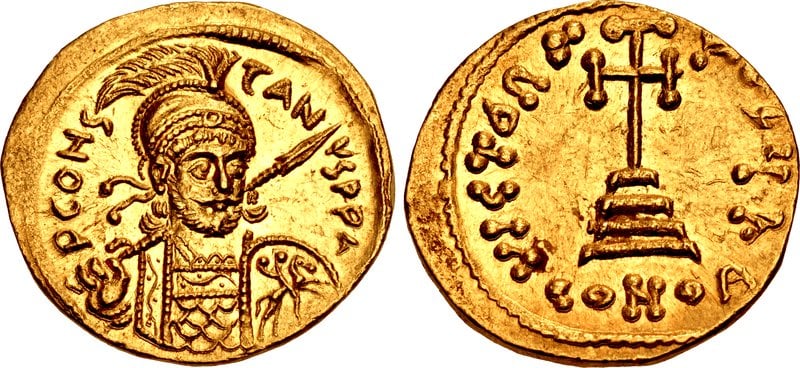
Byzantine coins were discovered last month at the port of Caesarea, a town in Northern Israel between Tel Aviv and Haifa. Ancient coins are extraordinarily rare artifacts. Iraeli excavations usually discover Fatimid dinar in their searches, and were stunned to find the Byzantine coins that date back to the 11th century.
In the era the coins were used, Caesarea was a lively and bustling port town, with lush gardens and orchards lining the borders of the city. The city was under siege by Crusader King of Jerusalem, who conquered the city over a fifteen day period, cutting down its gardens and orchards to built more supplies for his soldiers.
The Crusaders took advantage of what they saw as the Caesarean people’s soft and peaceful manner. They believed the Caesareans were more vulnerable due to the long periods they spent living in a peaceful, violence free city.
During the apex of the battles, the Crusader’s forces were so overwhelming to the city of Caesarea’s defenses that the the Caesareans abandoned their posts on the city’s walls, hoping to find refuge from the onslaught inside the center of the city. The Crusaders immediately scaled the walls of Caesarea and opened the city gates in order for their forces to invade the town. The Crusaders massacred the city of Caesarea.
Byzantine and Fatimid coins were hidden in plain sight
After the initial hoard of coins were discovered inside vessels unearthed off the coast of Caesarea, the Israeli archeologists began to clean the sides of the vessels they found them in. To the archeologists delight, the inner surfaces of the vessels revealed more rare Byzantine coins adhered to them. Archaeologists believe that the citizens of Caesarea in that era would cut their coins and hide them in order to keep their treasures safe.
The Israel Antiquity Authority, who oversaw this excavation, note that these discoveries, while rare and valuable, also have an extremely important historical dimension. They say they constitute a “material signature” for historical periods and events that historians and researchers could previously only confirm through written history.
These material signatures offer physical, verifiable proof that the Caesarean people lived and took part in daily practices that historians had only previously read about.
“What excites me most as an archaeologist and researcher of that period is our ability to make the connection between this fantastical historical depiction and an archeological find which is in fact a material signature of that event. An event up until now we only knew about through our written sources. Here we have clear evidence of the way the people of the city used every possible way to hide what little treasures they had.” said Dr. Robert Kool, the Senior Curator and Researcher of the Israel Antiquities Authority.
See all the latest news from Greece and the world at Greekreporter.com. Contact our newsroom to report an update or send your story, photos and videos. Follow GR on Google News and subscribe here to our daily email!



